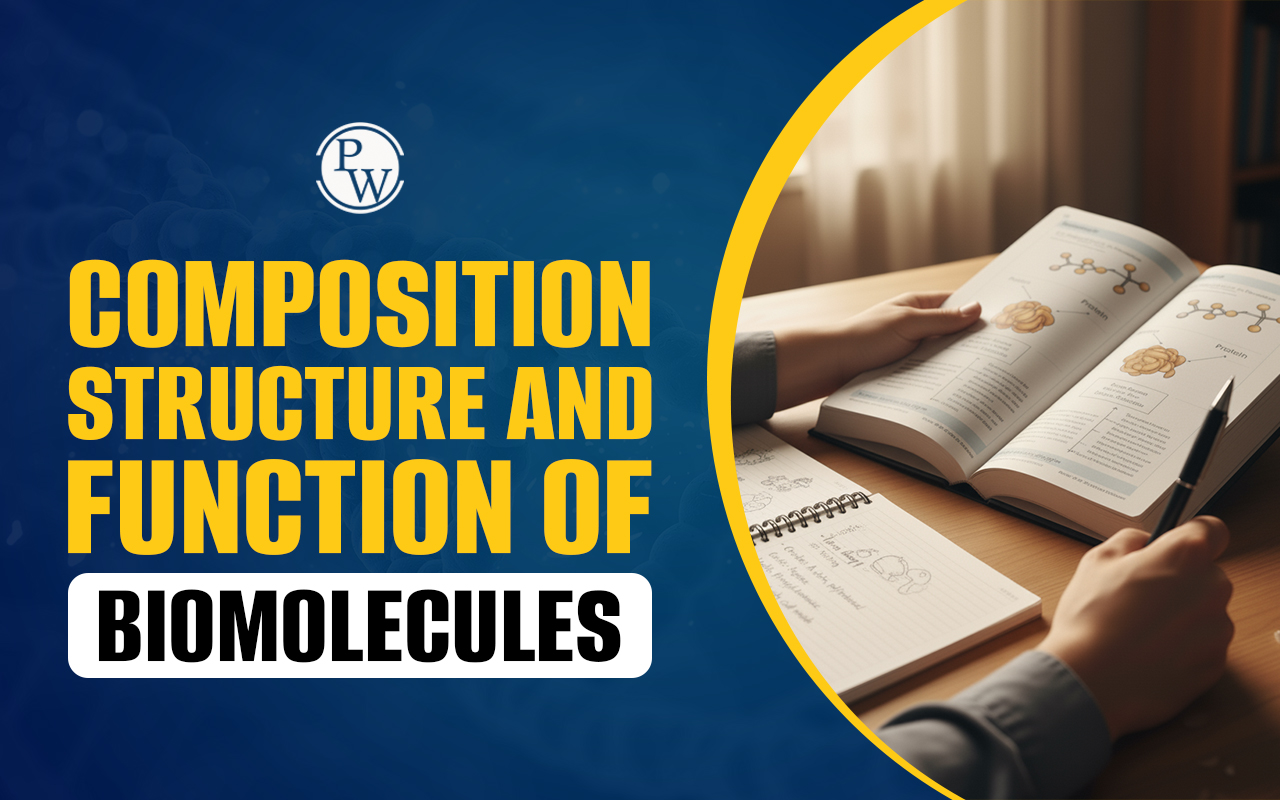
Hardy-Weinberg Principle : Population genetics seeks to understand how and why the frequencies of alleles and genotypes change over time within and between populations. It is the branch of biology that provides the deepest and clearest understanding of how evolutionary change occurs. The concept of Hardy-Weinberg equilibrium is related to population genetics, i.e., a field of biology t hat deals with the genetic composition of biological populations and the changes in genetic composition that result from the operation of various factors, including natural selection. Basically, it is the study of changes in the frequencies of alleles and genotypes within a population. This field has shown us fascinating changes in the genetic composition of populations over time during the course of evolution over time.
Hardy–Weinberg Principle
The Hardy-Weinberg equilibrium is a law stating that the genetic variation in a population will remain constant from one generation to the next without any evolutionary forces, and such a population is known as a non-evolving population. When mating is random in a large population with no disruptive circumstances, the law predicts that both genotype and allele frequencies will remain constant because they are in equilibrium. It is an algebraic equation that describes the genetic equilibrium within a population. It was discovered independently in 1908 by Wilhelm Weinberg , a German physician, and Godfrey Harold Hardy , a British mathematician .
Conditions For A Population To Maintain Hardy-Weinberg Equilibrium
- Population must have large size
- Mating must be randomly selected
- Sexual reproduction can only occur
- No changes in allelic frequencies
- Generations must not overlap
- No evolutionary influences must be present, such as:
- Mutations
- Genetic drift
- Gene flow/migration
- Natural selection
In case of deviating from any one factor mentioned above, it leads to discrepancies from the expected outcome.
Equation Depiction : p + q = 1 or p 2 + 2pq + q 2 = 1 Where, p = Dominant allele, q = Recessive allele, p 2 =frequency of dominant homozygotes (AA), q 2 = frequency of recessive homozygotes (aa), 2pq = frequency of heterozygotes (Aa).
Reasons Of Population Not Following The Law’s Conditions
- Mutations: It disrupts the equilibrium of allele frequencies by introducing new alleles into a population.
- Natural Selection & Non- Random Mating: Disrupt the Hardy-Weinberg equilibrium because they result in changes in gene frequencies.
- Genetic Drift: Occurs when allele frequencies grow higher or lower by chance and typically takes place in small populations.
- Gene Flow: Occurs when breeding between two populations transfers new alleles into a population.
Conclusion
We know tha t evolutionary forces commonly occur in nature, so the Hardy-Weinberg equilibrium is rarely applicable in reality. Therefore, the Hardy-Weinberg equilibrium describes an idealized state, and genetic variations in nature can be measured as changes from this equilibrium state.










